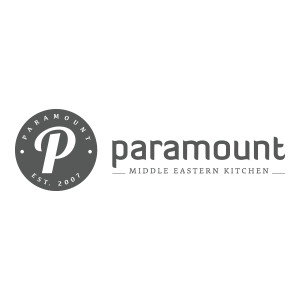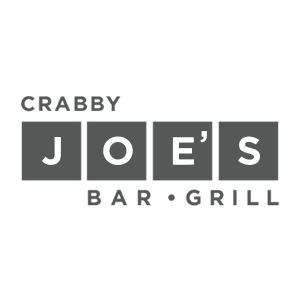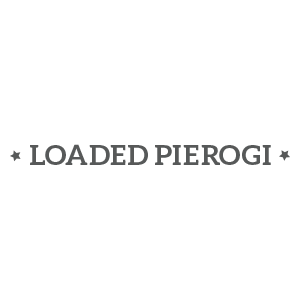Take Your Food Photography to the Next Level!
04, Apr. 2019
Great food photography is critical to the success of your food business. Iconic food photos stick in a viewer’s mind and continue to send them signals to eat at your restaurant, even after the initial interaction. We’ll help you get great shots that customers will crave.
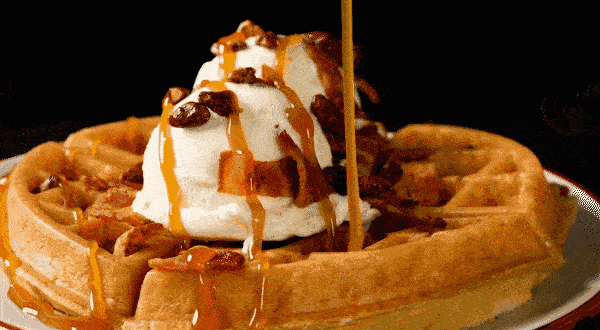
8 Tips for Awesome Food Photography
How your food looks on your promo material, menus, construction hoarding, billboards, social media, etc. can impact customers desire to trial, and your bottom line. While amateur food photography has lit up social media, the professionals – including our own Jerry Alfieri of Jumpshot Photography – know that pulling together amazing food shots takes more than simply pulling out your iPhone at a local restaurant. Planning, attention to detail, and most of all passion are the keys to taking food photography that make people want to eat the screen. That is, after all, the purpose of taking a great food pic. Here are some of our tips for making food photography that people want to eat.
1. Get Lit
There is nothing worse than a flat photo. When shooting food or drinks, lighting adds depth, drama, and realism to the shot. Natural light is king here, at least for daytime pics, but be sure to diffuse harsh light so as to avoid strong shadows. Looking for something more dramatic? Cross-lighting can add drama and depth. Whatever you’re going for, be sure to account for lighting in order to create beautiful shots that make mouths water.
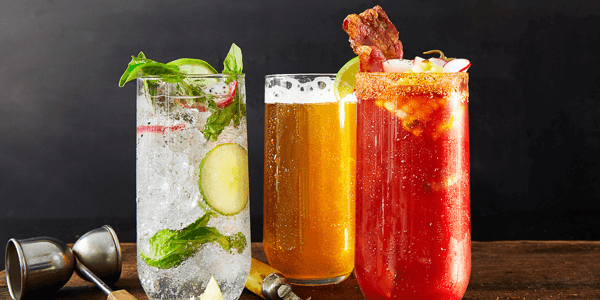
2. Bring it into Focus
Use depth of field in your shots to bring focus to what’s most important in the dish. Those glistening yolks in the Eggs Benny? Make them the star by lengthening your lens and putting the focus on them. Obscuring your foregrounds and backgrounds also has the fringe benefit of reducing the need to stage these perfectly; in fact, some imperfection goes a long way when the focus is elsewhere.
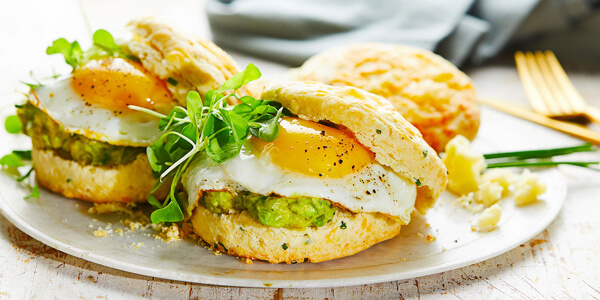
3. Don’t Forget the Supporting Cast
Obviously you want the focus to be on your main dish, but paying attention to the surrounding props can support your hero and tell more of your brand story. Contrast contemporary meals with old-fashioned vessels and utensils, or simply add additional colour and texture to the setting with cast-iron skillets or brass plates, and old steel knives, forks, and spoons. Serving utensils can also suggest mood, so choose wisely. Go beyond the basics by using propping that celebrates your food culture and highlights your origin story. Most of the restaurant brands in Canada have origins elsewhere – your props can help you to better articulate your brand promise in your shots.
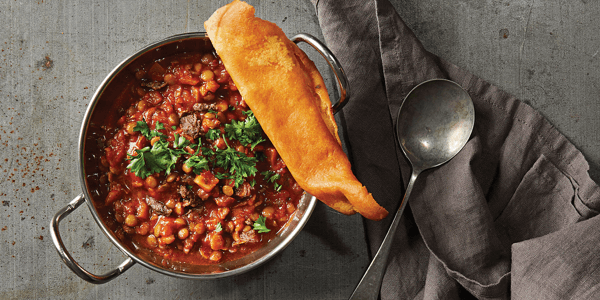
4. Keep it Real
Real surfaces like wood and stone make for excellent backgrounds and speak to the quality of the food being featured. Organic materials like wood tables and cutting boards work well for overhead or angled shots, while a textured wall can make a profile really pop. Gritty granites and soft marble can also provide a textured and refined backdrop. Combine backgrounds to introduce a layered effect that can suggest preparation and provide a sense of action to the food story.
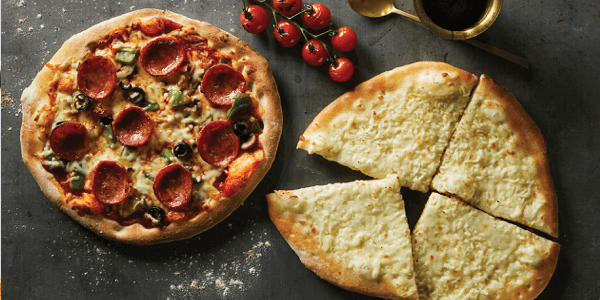
5. Get Messy
We’re not suggesting a food fight in the studio, but don’t be afraid to use intentional imperfection to replicate real kitchen settings and bring the food to life, lending authenticity to the setting. In a kitchen full of activity, pristine cutting boards, counters, and tabletops just don’t happen. When dishes are finished being prepared, crumbs and drips are a reality, and introducing that little bit of untidiness gives an otherwise staged food shot a sense of the preparation of real food. Those bits of imperfection can also be just the visual relief needed to break up an otherwise monotonous setting. Just don’t go overboard…nobody likes a mess.
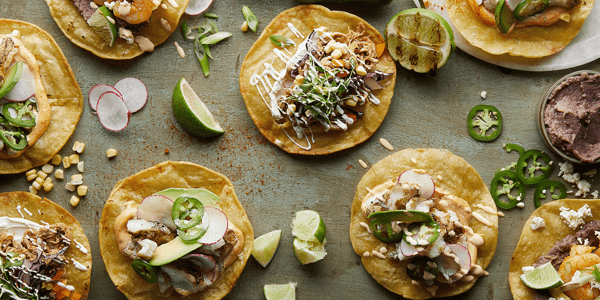
6. The Right Angle
The angle you shoot at is dictated by a number of things, but if you’re in the business of selling food, the intended use of the shot should be a consideration. Beyond that, overhead shots have been on trend the last few years and showcase plates and bowls well in handheld menus, menuboards, online, and in promotional materials. A three-quarter angle is approximately the same perspective most of us have of our food when eating, so the food often appears more natural from this angle. Low shots are great for sandwiches and burgers where the angle can make the product look tall and larger than life. However you choose to shoot, be purposeful and plan out your intended use prior to snapping so that you’ll end up with pics you can actually use.
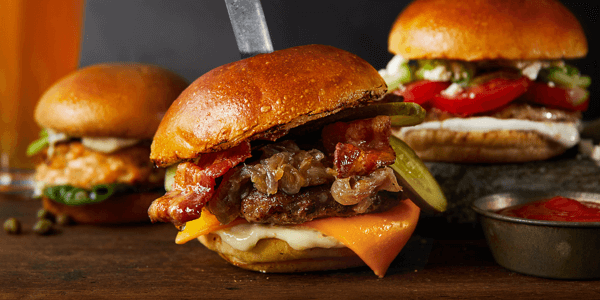
7. Put it in Motion
Adding an element of motion to the shot can bring the dish to life and enhance the food story. Whether it’s a hand pouring a sweet or savoury sauce over the hero, placing a garnish, or an ingredient falling into a bowl in the background, motion captured lends authenticity to the dish. This is also where we shamelessly plug our video capabilities – in today’s digital world a food photography shoot is missing out when you aren’t capturing video of the food as well. Be sure to plan for this, however, as it can add significant time and investment to your shoot.
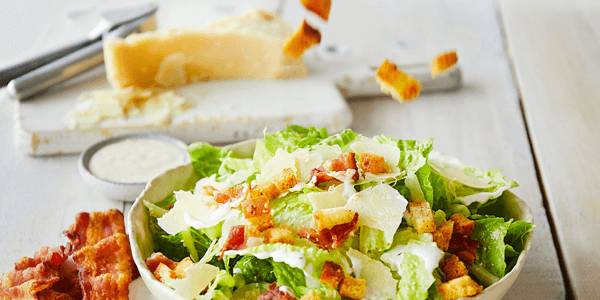
8. Break up the Symmetry
An organized composition is critical to the success of any food pic – but having something intentionally out of place provides a visual break and can set your photos apart. Placing something out of sequence or breaking a pattern breathes life into the shot, injecting a reality into the image that true symmetry cannot achieve. We know it’s hard on the OCD, but trust us, the end result will be worth it.
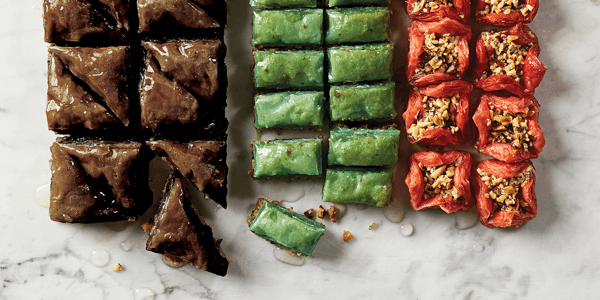
Beyond the Shot
There are many other considerations when shooting great food photography, both before and after the actual shoot. We recommend that you take a strategic approach to your menu boards, by featuring products that are the most popular, highest margin, operationally efficient, or your best brand ambassadors. We also encourage consistency with angles and lighting so that existing and future photography can be easily brought together in future applications. Of course, these are all things to be explored in more detail in a future article.
Be Foodies First
The most important thing you need to achieve outstanding food photography is a passion for food – without that, you’re just faking it, and your customer can tell. As we say at Jump, be a foodie first, photographer second, and good things will happen. Armed with that mantra and this list, we think a quick call with Jerry might be in order, to help get you on your way to new food photography heights, and maybe earn you some compliments on your shoes.
This episode is brought to you by:
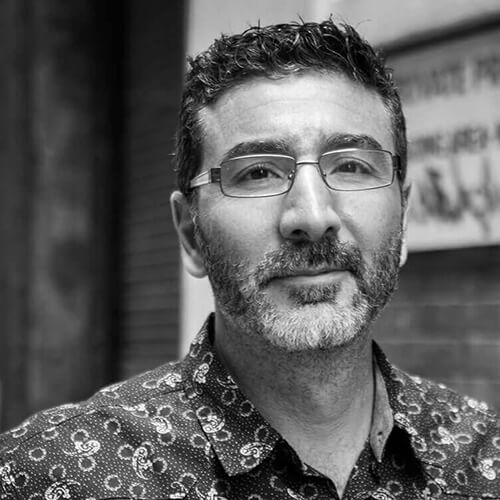
Jerry Alfieri
Photographer, Jumpshot
If you want to talk food photography, Jerry’s your guy. He just can’t help himself – he lives and breathes food. When he’s not taking amazing food pics in our Jumpshot studio, he’s likely cooking and preparing drinks in his home kitchen or backyard BBQ. It’s just what he does.

Kevin
Hemsworth
writer

Kaitlin
Thatcher
creative

Sierra
Katrian
Developer
The Proof
We’ve done this before. And chances are, you’ve seen our work in action. Paramount Fine Foods, Crabby Joe’s Bar & Grill, and Loaded Pierogi are all examples of restaurant clients we’ve helped to up their food photography game.
Like What You Heard?
Sign up below and never miss a beat.
